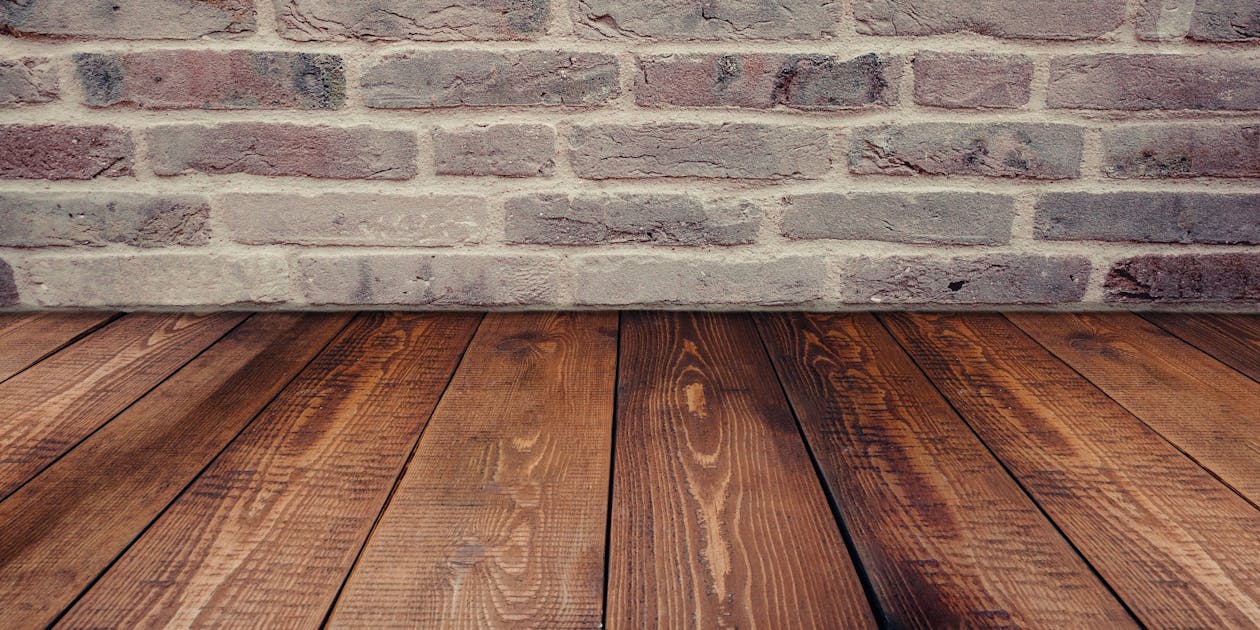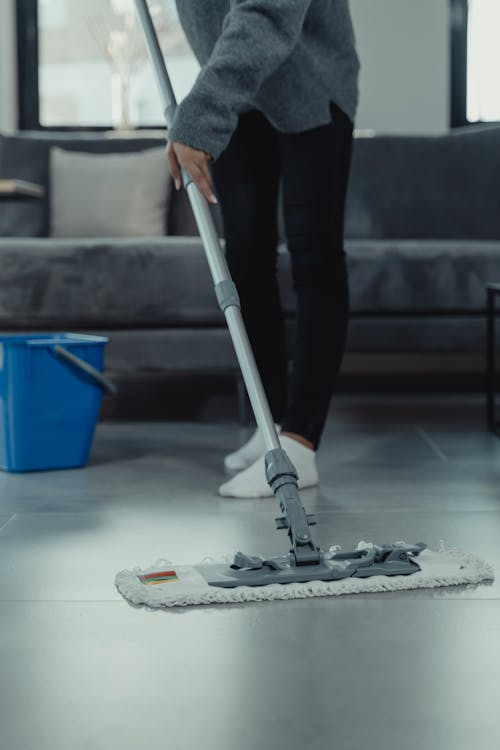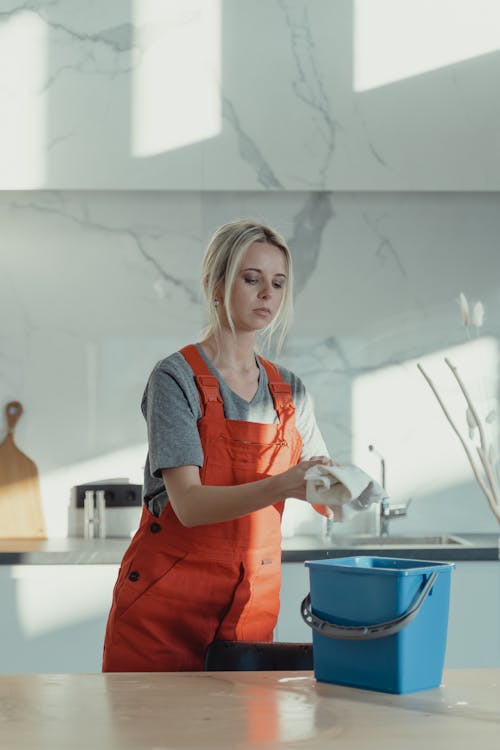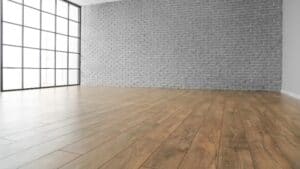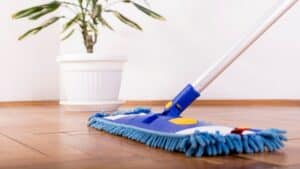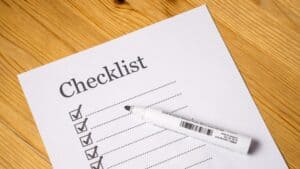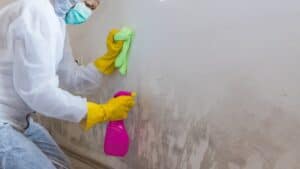Imagine that you have returned your vacuum cleaner and have washed and hung the clean mop to find a sticky floor. How inconvenient for you and a waste of time! Sticky floors happen when you have not passed the mop to remove too much cleaning solution or the wrong cleaning solution. It can also be due to dirty water used in rinsing your mop. This article will help you determine the causes, and what cleaning process can resolve any residue left on your sticky floor.
Why Do I Have A Sticky Floor After I Have Mopped It?
There are three main reasons why sticky floors occur after wet mopping.
Using the Wrong Cleaning Solution
There are times when you can soak your mop in a mop bucket of clean water, and you are good to go. However, there are some instances that you need a cleaning solution to remove the stain or sanitize the entire floor. To suspend dirt entails the use of concentrated cleaners to achieve cleaner floors.
There are different styles of flooring type, laminate floors, vinyl, ceramic tile, natural stone, hardwood flooring, and many more. These are usually the types that need cleaning chemicals where there is soapy residue, leftover residue, or any sticky residue.
If it is greasy and sticky messes, this is the part you need more potent chemicals. Some cleaning products may remove some dirt but leave out sticky residue. Often, this is a result of unsuitable of the chemical used in cleaning the floor. You can always ask for recommendations from the store if they know the compatible cleaning product.
There are cleaning solutions that work for tiles, but on any hardwood floors, they leave sticky floors and may also slander the quality of the floor.
Using an Excessive Amount of Cleaning Solution
It is a myth that the more cleaning chemical, the cleaner your wood floors will become or laminate floors. Too much cleaning solution will give you the opposite result. To clean sticky floors, you need to always be exact in following what is written on the label of the cleaning solutions. When you feel you have added more than you should, you can see soapy residue.
You do not have to worry that much because most cleaning agents have measuring cups with them, so you can always follow the recommended amount.
Using Dirty Water
The third reason for a sticky floor is using dirty water in the same bucket of water, especially if you have laminate flooring or tile flooring. The best workaround is to replace the dirty water with clean water every time you see it get darker and debris floating, or sometimes they are all seen at the bottom of the mopping bucket.
This is to avoid the dirt from being transferred from the water to the floor. The mop will repeat the same damaging cycle if you soak the mop in the same water. Remove the dirty water separately as you clean floors to not waste your cleaning efforts.
Use clean water to flush everything when you are done cleaning the floor. You know how clean and dirty water looks like; always replace it to remove sticky residue.
If you feel like it is a bit challenging, use steam mops or microfiber mops are they are known to absorb dirt better. They can hold the dirt longer and not dump it in the water. You can also look for the kind that automatically separates clean and dirty water. This will help you clean faster if you happen to purchase this mop.
How Do You Get Rid of Sticky Floors After Mopping?
Since you now have a clear idea of what causes floors to feel sticky, here are our suggestions on how you can resolve this situation and remove the stickiness afterward.
Fill in a fresh bucket of water; about a gallon is good, plus one cup of white vinegar. It does not matter if you use a traditional mop to cover the whole floor.
A microfiber mop is always the way to go! Some say they work way better to solving sticky floors than what you are used to, the traditional mop, and can lessen the bacteria.
You can remove sticky residue by utilizing a floor cleaner with the opposite pH to the dirt in concern. For example, a cleanser for acidic surfaces is far better at eliminating alkaline dirt than using a base to clear a base. Unfortunately, you cannot use the same pH levels as this results in what you are trying to avoid: sticky floors.
Be extra careful in cleaning floors that are hardwood as they are not compatible with oversaturated mopping. We suggest twisting your mop well enough until you get a damp towel feeling.
Another type needs to be dried quickly with a soft towel after mopping. If there are still sticky floors after mopping, you can combine half of the ammonia-free cleaner with white vinegar or water solution and spray this directly on the flooring.
How Can You Avoid Sticky Floors From Happening in the Future?
Floor cleaners are always accessible but taking precautionary measures is always better than finding resolutions for problems. So take note of the tips that work well for your flooring so you can avoid sticky floors from happening.
Second, the way to protect your laminate flooring from sticky floors in the future is to find the right cleaning chemical. It is rewarding not only to see your floor squeaky clean, but you also know the materials are protected.
Why is My Hardwood Floors Sticky?
Some of you may still be confused about how to resolve sticky floors after mopping your hardwood floor. It is inconvenient to walk on the noisy, sticky feeling, and they may feel tacky at times.
You do not have to fret about maintaining hardwood floor type or how to clean anymore. Here are at least three ways to get rid of sticky areas.
Choose a product specific to hardwood flooring
Compatibility is the key to cleaning and thoroughly following what is stated in the label. Do not hesitate to ask the shop for any recommendations.
Have you tried using dishwashing soap?
To some, trying the mild soap for dishwashing closes the deal to sticky residues for hardwood floors. Instead, look for a dish soap with a neutral pH level. Also, look for a concentrated, vegetable-based product. Finally, mix a quarter of the dish soap and warm water to serve as a cleaning agent.
Carefully Use Vinegar
The only downside is, vinegar may dull your floor a bit, but it can effectively clean sticky floors after mopping. Mix half a cup of this solution to one gallon of warm water and use a non-abrasive mop or cloth to either put in a spray bottle or directly mix it in the bucket.
Modern Maids Cares For Your Floors
Out deep cleaning, move-in move-out cleaning, house cleaning, and apartment cleaning services all include ensuring the cleanliness and care of your flooring. We scrub and mop the stairs, baseboards, and entire floor with careful consideration of the floor type of your property.
Our clients have trusted us because of services that suit different needs; your needs can all be discussed upon booking. We only send certified cleaners who are seasoned and well trained in this field of work. We teach them and enhance their skills with the most recent cleaning techniques producing only the best results in top-notch service. So get in touch with us today if you need help with floor cleaning!

